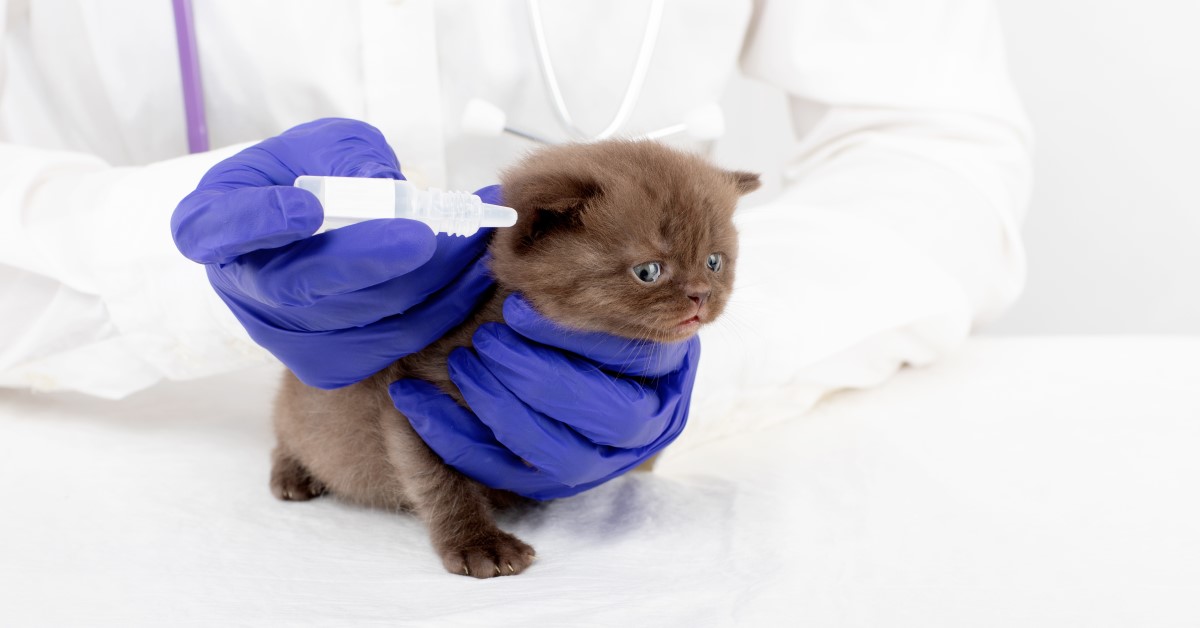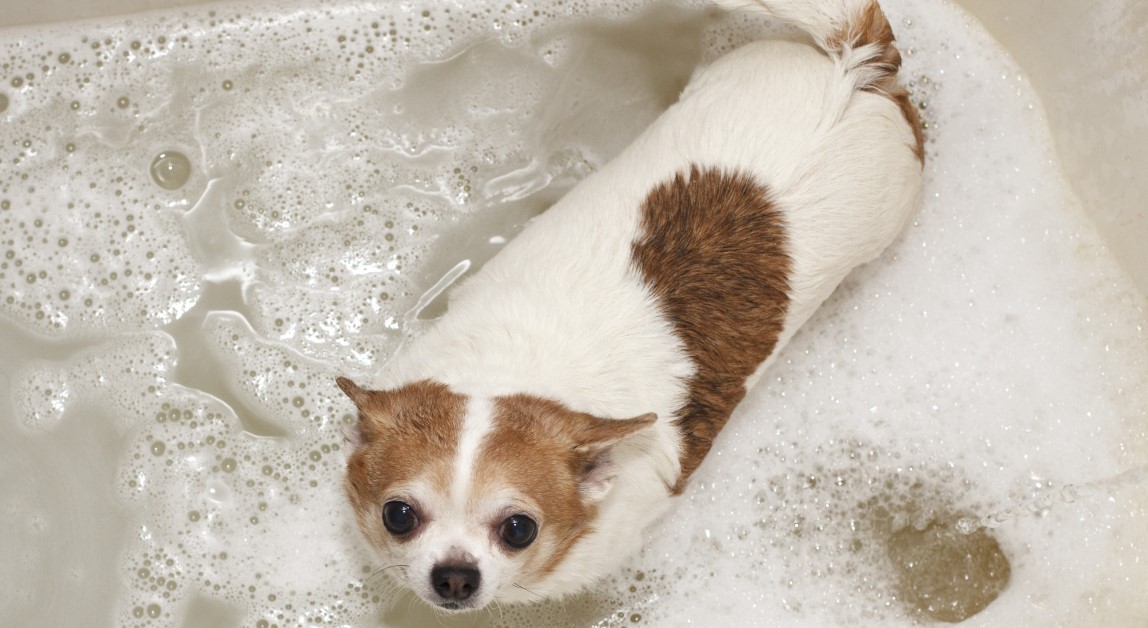Common Eye Infections in Cats
Understanding the symptoms of an eye infection in cats is key to treating these common conditions.

Have you ever wondered why cats’ eyes are so unique? Instead of having circular pupils like humans, dogs, and many other animals, they have vertical pupils shaped like slits. When a cat becomes excited or is ready to pounce, its pupils become large and round. Cats also have an inner eyelid, known as a nictitating membrane, that protects the eye from damage and dryness. This “third eyelid” will partially close over the eyes when a cat is sick.
While cat eyes may be special, they are subject to many of the same conditions experienced by humans, such as glaucoma, cataracts, and conjunctivitis (pink eye). As cats rely heavily on their eyesight to walk, hunt, and eat, it is important to take your cat to a veterinarian at the first sign of a problem. Most eye infections in cats can be easily treated if caught early. Failure to get the proper treatment can result in months of costly veterinary care and possible blindness.
Learn more about eye infections in cats, common symptoms, and how these conditions are typically diagnosed and treated.
1. Allergies
One of the most common causes of eye irritation in cats is allergies. An allergy develops when the immune system overreacts to foreign substances called allergens. This overactive immune system response can cause an array of symptoms in cats, such as itchiness, sneezing, coughing, vomiting, bloating, and diarrhea.
Some of the most common allergens include fleas, chemicals, pollens, shampoo, smoke, and parasites like ear mites. While allergies do not usually cause eye infections directly, they can contribute to conjunctivitis. Your vet may recommend urine and blood tests to rule out parasites and bacteria. Cultures or allergen tests can identify the type of allergy. Ointments or eye drops can reduce inflammation and promote healing.
2. Conjunctivitis
Conjunctivitis, also referred to as pink eye, is the inflammation of the conjunctiva. Similar to the lining of the mouth and nose, the conjunctiva is a mucous membrane that covers the eyeballs and lines the eyelids. The most common symptoms of conjunctivitis in cats are excessive tearing or watering of the eyes, abnormal discharge, or reddened conjunctival membranes.
A diagnosis of conjunctivitis may be made by your vet once other conditions, such as a blocked tear duct or foreign body in the eye, have been eliminated. Your vet may prescribe broad-spectrum antibiotics to control any secondary bacterial infections and an anti-inflammatory drug to reduce inflammation.
3. Feline Herpesvirus
Feline herpesvirus (FHV-1), also called feline viral rhinotracheitis (FVR), is an infectious condition derived from feline herpesvirus type-1. The virus affects cats of any age and commonly leads to upper respiratory disease. Cats can spread the virus through direct contact with virus particles, such as saliva from an infected cat.
A diagnosis of feline herpesvirus can generally be reached by checking the cat’s medical history and clinical signs, combined with a physical examination. Cats with an uncomplicated infection can often be treated symptomatically. Infections involving the eyes generally require topical eye medications.
4. Keratoconjunctivitis Sicca
Keratoconjunctivitis sicca is the severe drying and inflammation of the cornea and conjunctiva. This condition is often characterized by an aqueous tear film deficiency in the lining of the lids and over the surface of the eyes. Common symptoms of keratoconjunctivitis sicca include excessive blinking, chemosis, discharge from the eye, or corneal changes in the blood cells.
Your vet will perform a physical and ophthalmological exam before making a diagnosis. A Schirmer tear test can help measure tear valves and moistness on the eye. This condition is treated on an outpatient basis. Your vet may prescribe a topical antibiotic and possibly a lubricant to compensate for your cat’s lack of tears.
5. Corneal Ulcers
The cornea is a transparent membrane that covers the surface of the eyeball. When the cornea becomes damaged, such as by a scratch, it can create a deep erosion through the outermost epithelium layer down to the stroma or the main supportive layer of the cornea. Corneal ulcers often create a cloudy appearance to the eye.
The most common causes of corneal damage are trauma or bacterial infections. Most minor abrasions will heal on their own within a few days, but medication may be prescribed to prevent infection or relieve pain. Deeper ulcers may require the vet to temporarily suture the eyelid over the ulcer to allow undisturbed healing.
6. Blepharitis
Blepharitis refers to the inflammation of the eyelid. This condition can affect one or both eyes, causing the eyelid to become red, itchy, and swollen. Cats that develop this condition may blink spasmodically or squint. Some cats may also rub or scratch at their face or eyelids, resulting in secondary trauma to the tissues.
There are several possible causes of blepharitis, such as allergies, congenital abnormalities, tumors, infections, and sometimes inflammatory disorders. Your vet will perform an eye exam to determine the extent of the damage. A Schirmer tear test to assess tear production may also be performed. Treatment is based on the cause of the condition and may include topical antibacterial ointments or drops.
Are Your Cat’s Eyes Healthy?
Whether blue, green, or amber, your cat’s eyes are one of their most critical features. If you suspect that your cat may have an eye infection or other condition, seek the guidance of your veterinarian. With proper diagnosis and treatment, your furry friend can maintain healthy eyes for a lifetime.
Ready to start saving money on pet wellness care?
Then take a look at Mint Wellness, the pet wellness plan that provides fast reimbursement on routine pet care. Save on vaccinations, wellness exams, preventatives, dental, and more!
Learn More


